The Biological Mechanisms of Aging
Introduction
Aging is a complex biological process characterized by a progressive decline in physiological functions, leading to an increased susceptibility to diseases and ultimately death. It is a multifactorial process influenced by genetic, environmental, and lifestyle factors. The biological mechanisms of aging are not fully understood, but several theories have been proposed, including the free radical theory, the telomere shortening theory, and the cellular senescence theory. This article delves into the intricate biological mechanisms that contribute to aging.
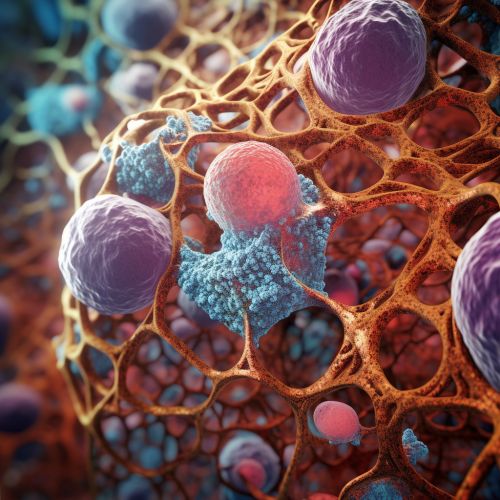
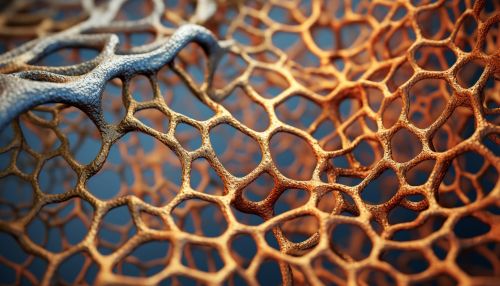
Genetic Factors in Aging
Genetic factors play a significant role in aging. Several genes have been identified that influence lifespan, many of which are involved in repairing damaged DNA, regulating metabolism, and controlling cell growth and death. Mutations in these genes can accelerate aging, leading to premature aging syndromes such as progeria and Werner syndrome.
Oxidative Stress and Aging
Oxidative stress is a key player in the aging process. It occurs when there is an imbalance between the production of reactive oxygen species (ROS) and the body's ability to detoxify these harmful molecules or repair the damage they cause. Over time, oxidative stress can lead to cellular damage and contribute to the development of age-related diseases such as Alzheimer's, Parkinson's, and cardiovascular disease.
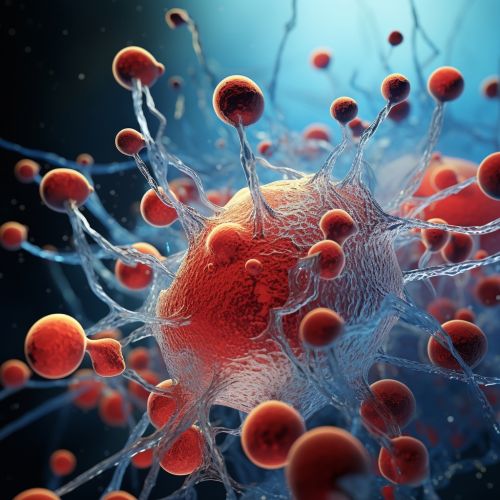
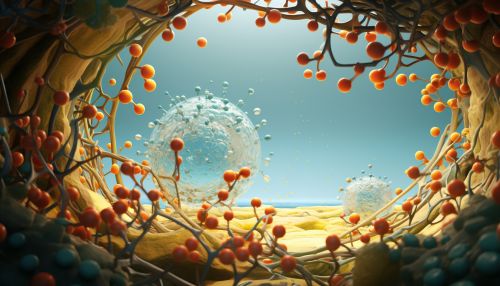
Telomere Shortening and Aging
Telomeres are the protective caps at the ends of chromosomes that shorten each time a cell divides. When telomeres become critically short, the cell can no longer divide and becomes senescent or dies. This process of telomere shortening is thought to contribute to aging and the onset of age-related diseases.
Cellular Senescence and Aging
Cellular senescence is a state of permanent cell cycle arrest that cells undergo in response to various stressors. Senescent cells accumulate with age and secrete factors that can damage surrounding tissues and contribute to aging. Therapies that target senescent cells are being explored as potential treatments for age-related diseases.
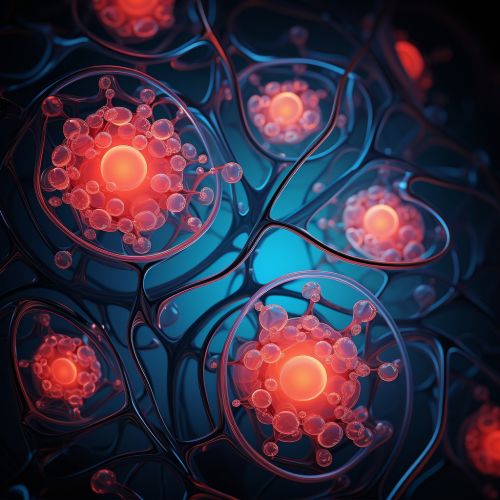
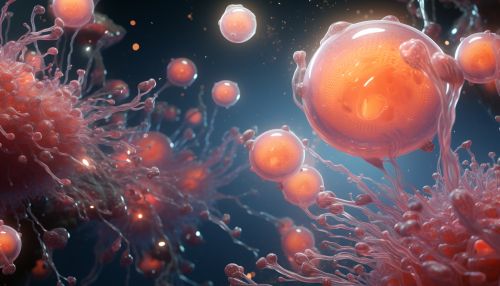
Mitochondrial Dysfunction and Aging
Mitochondria are the powerhouses of the cell, producing the energy needed for cellular functions. With age, mitochondrial function declines, leading to reduced energy production and increased production of ROS. This mitochondrial dysfunction is thought to contribute to aging and the development of age-related diseases.
Hormonal Changes and Aging
Hormonal changes are a key aspect of aging. Levels of many hormones decline with age, including growth hormone, sex hormones, and melatonin. These changes can affect a variety of physiological processes, from metabolism and body composition to sleep and mood.


Inflammation and Aging
Chronic low-grade inflammation, known as "inflammaging", is a hallmark of aging. This systemic inflammation can damage tissues and organs and contribute to the development of age-related diseases such as heart disease, diabetes, and cancer.
Epigenetic Changes and Aging
Epigenetic changes, modifications to the DNA molecule that do not change the DNA sequence itself, also play a role in aging. These changes can affect gene expression and contribute to aging and age-related diseases.
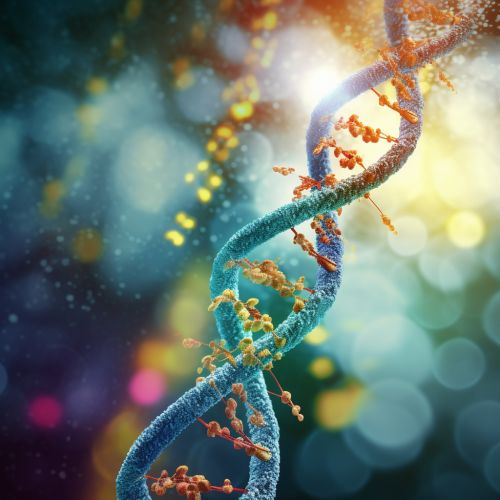
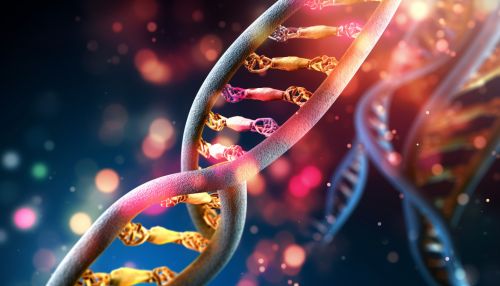
Conclusion
Understanding the biological mechanisms of aging is crucial for developing interventions to slow the aging process and improve healthspan. While significant progress has been made, much remains to be learned about the intricate interplay of factors that contribute to aging.
